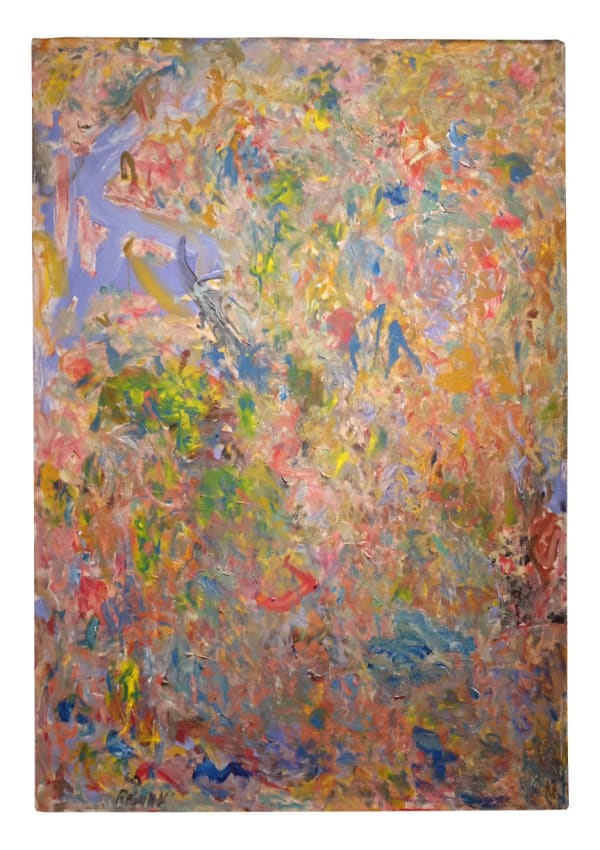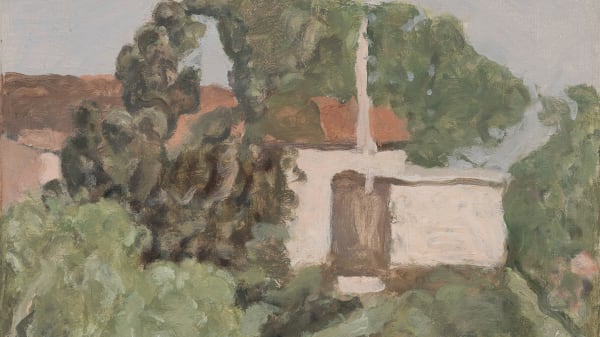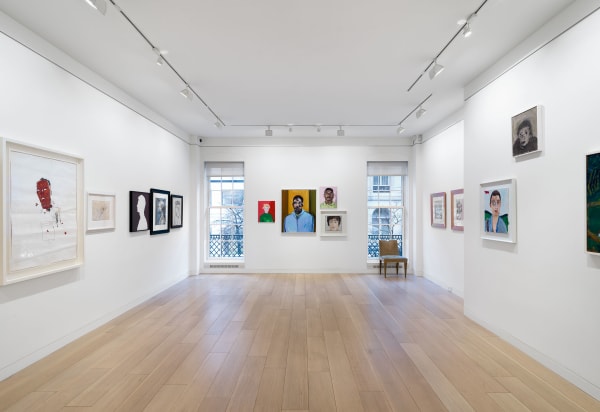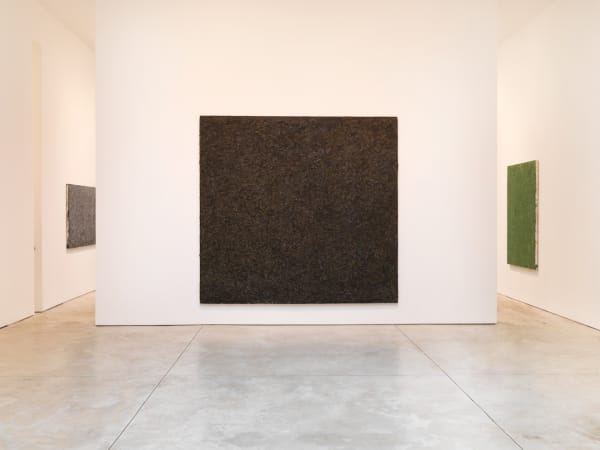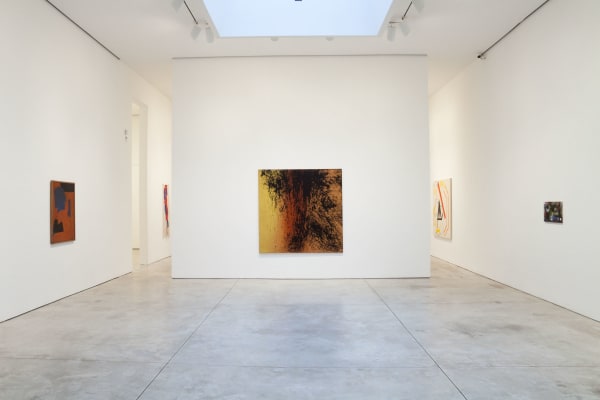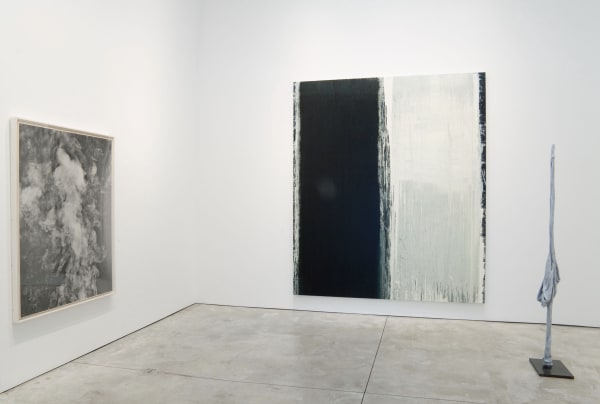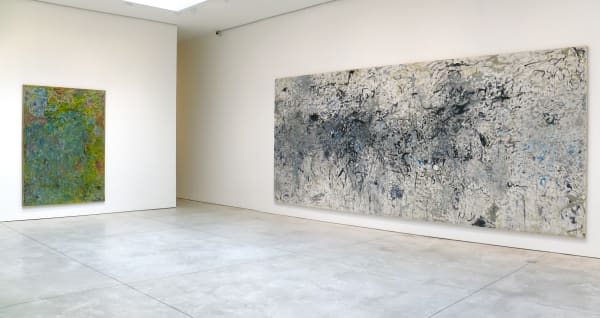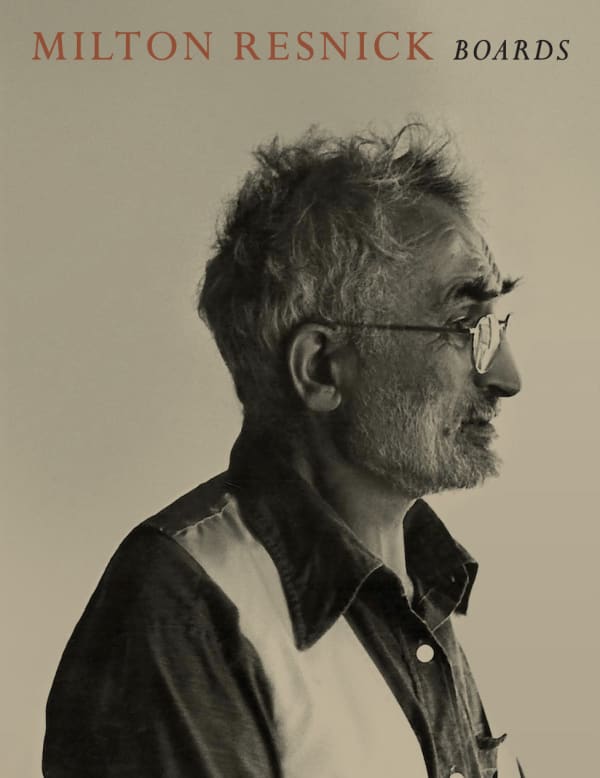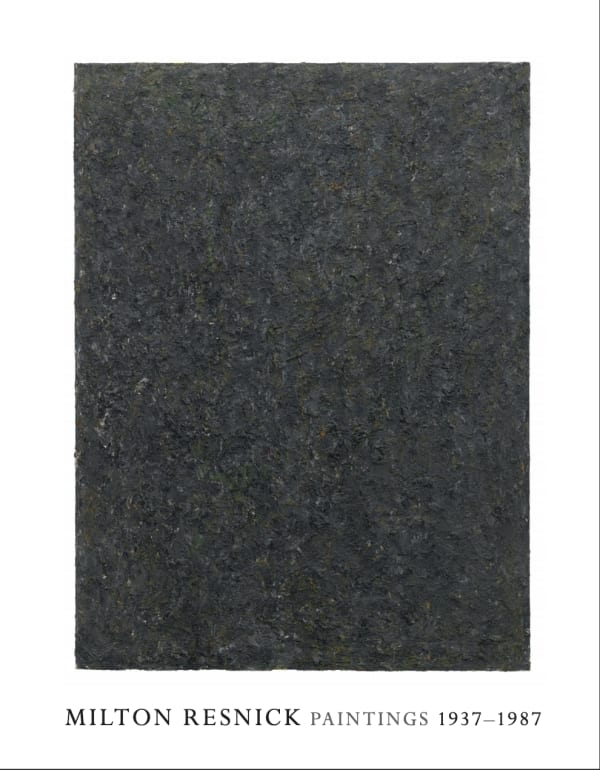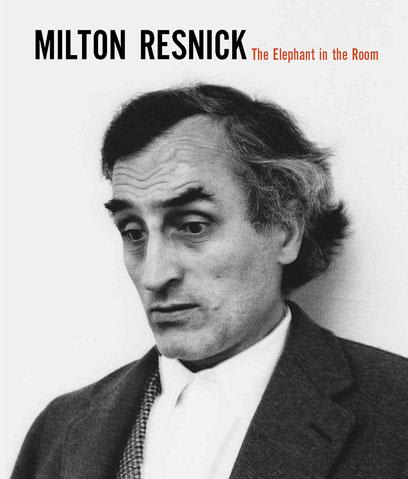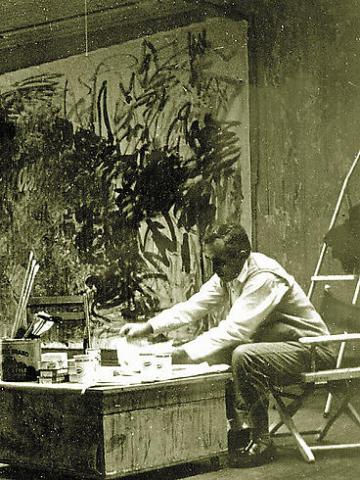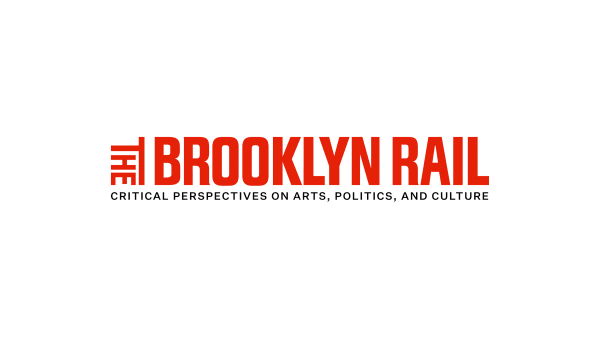Milton Resnick 1917-2004
-
Biography
Born in Bratslav, Ukraine in 1917, Resnick immigrated to the United States with his family in 1922. In 1933, he transferred from Pratt, where he studied commercial art, to the American Artists School in order to focus on painting; he graduated in 1937. A first generation New York School painter, Resnick maintained friendships with Arshile Gorky and Willem de Kooning. While his early work reflected the tenets of Abstract Expressionism, Resnick ultimately eclipsed more traditional notions of the genre. His transition from explicitly Abstract Expressionist modes to the dense and heavily impastoed monochrome canvases of his later years resulted from an intensive exploration of paint’s materiality and the subsequent dissolution of form and “image.” Resnick’s allegiance to the physical properties of paint, its viscosity and “actuality,” was in turn predictive of younger painters like Cy Twombly, Robert Ryman and Frank Stella, and anticipated artistic movements concerned with process, materiality, and perception.
Resnick strived to distill abstraction to its essence, championing an “all-over” approach to the canvas and refusing prescribed “meaning.” Though seemingly impenetrable, his work achieves visceral duality. Often characterized by their massive size, the paintings intentionally remain within the viewer’s peripheral vision: they are meant to locate one in space and, more significantly, at a place. Unyielding surfaces become reflective, almost luminous. The effect of time, or rather the aspiration to timelessness, is apparent: the paintings seem to hover in a constant state of “becoming.” For the patient viewer, Resnick’s work is transcendent. He stated: “Art is not a learning process. It is the very reverse of learning. It is the unhinging of your soul from your sight.”
Resnick died March 12, 2004. Roberta Smith, for his New York Times obituary, wrote: “Mr. Resnick might qualify as the last Abstract Expressionist painter.” Widely shown, his work is represented in many American and international collections, including: the Metropolitan Museum of Art, New York; the Museum of Modern Art, New York; the National Gallery of Art, Washington, D.C.; the Cleveland Museum of Art, Cleveland, Ohio; the National Gallery, Ottawa, Canada; the Australian National Gallery, Canberra, Australia; the Malmö Konsthall, Stockholm, Sweden; and the Modern Art Museum of Fort Worth, Fort Worth, Texas, among many others. Recent exhibitions include solo shows at Gallery Paule Anglim, San Francisco (2012) and Cheim & Read, New York (2011), and group shows at Museo Thyssen-Bornemisz and Fundacion Caja, Madrid (2010), and the Pushkin State Museum of Fine Arts, Moscow (2008), among others.
-
Works
-
Exhibitions
-

Summer Hours
21 Jun - 23 Sep 2022Read more -

Some People
24 Feb - 4 Jun 2022Cheim & Read is pleased to present Some People, a thematic group exhibition that explores portraiture from the 1930s to the present day, and features over thirty artists. The show...Read more -

Milton Resnick
Paintings 1954–1957 26 Oct 2021 - 15 Jan 2022Milton Resnick: Paintings 1954 – 1957 23 East 67 Street New York, NY 10065 October 26 - December 17, 2021 Cheim & Read is pleased to present Milton Resnick: Paintings...Read more -

Art Basel Miami Beach
6 - 9 Dec 2018Cheim & Read is pleased to participate in the 2018 edition of Art Basel Miami Beach with a presentation of works by Lynda Benglis, Louise Bourgeois, Ron Gorchov, Al Held,...Read more -

Milton Resnick
Boards 1981–1984 22 Feb - 31 Mar 2018Cheim & Read is pleased to present Milton Resnick: Boards 1981–1984, an exhibition of thickly painted, mostly monochromatic works that Resnick made during the 1980s on wax-impregnated, corrugated boards. The...Read more -

Art Basel Miami Beach
7 - 10 Dec 2017Cheim & Read is pleased to participate in the 2017 edition of Art Basel Miami Beach with a presentation of works by Ghada Amer, Lynda Benglis, Louise Bourgeois, Adam Fuss,...Read more -

Frieze Masters
15 - 19 Oct 2014Cheim & Read is pleased to make a special presention of William Eggleston’s Troubled Waters portfolio at Frieze Masters. The portfolio is comprised of 15 dye-transfer prints published in 1980...Read more -

Milton Resnick
The Elephant in the Room, Paintings from the 1960s to 1980s 22 Sep - 29 Oct 2011Cheim & Read is pleased to announce an exhibition of paintings by the late Milton Resnick. The gallery has been the exclusive representative of the artist’s estate since 2006. Cheim...Read more -

Le Tableau
French Abstraction and its Affinities curated by Joe Fyfe 24 Jun - 3 Sep 2010LE TABLEAU In Achim Hochdörfer's article in the February 2009 Artforum entitled 'A Hidden Reserve: painting from 1958 to 1965,' the author names a number of painters included in this...Read more -

Abstractions by Gallery Artists
24 Sep - 3 Oct 2009Works by Ghada Amer, Lynda Benglis, Louise Bourgeois, Louise Fishman, Adam Fuss, Jenny Holzer, Bill Jensen, Jonathan Lasker, Joan Mitchell, Jack Pierson, Milton Resnick, Pat Steir, and Juan Usle will...Read more -

Milton Resnick
A Question of Seeing: Paintings 1958-1963 1 May - 20 Jun 2008Cheim & Read is pleased to announce an exhibition of paintings, made between 1958 and 1963, by New York painter Milton Resnick (1917 – 2004). This is Cheim & Read's...Read more -

Soutine and Modern Art
The New Landscape, The New Still Life 22 Jun - 9 Sep 2006Willem de Kooning chose Chaim Soutine as his 'favorite artist,' one whose paintings 'had a glow that came from within.' Jack Tworkov spoke of 'his [Soutine's] completely impulsive use of...Read more
-
-
Publications
-
News
-

An Abstract World That Looks Like Silence
July 25, 2014 Read more -

His And Hers Synagogues
October 6, 2011 Read more -

The Unsettling Mark
September 1, 2011 Read more -

Milton Resnick: A Question of Seeing
Cheim & Read June 1, 2008 Read more -

Milton Resnick: A Question of Seeing
Cheim & Read June 1, 2008 Read more -

Eluding the Canon
May 29, 2008 Read more -

Milton Resnick: A Question of Seeing
Cheim & Read May 1, 2008 Read more
-









